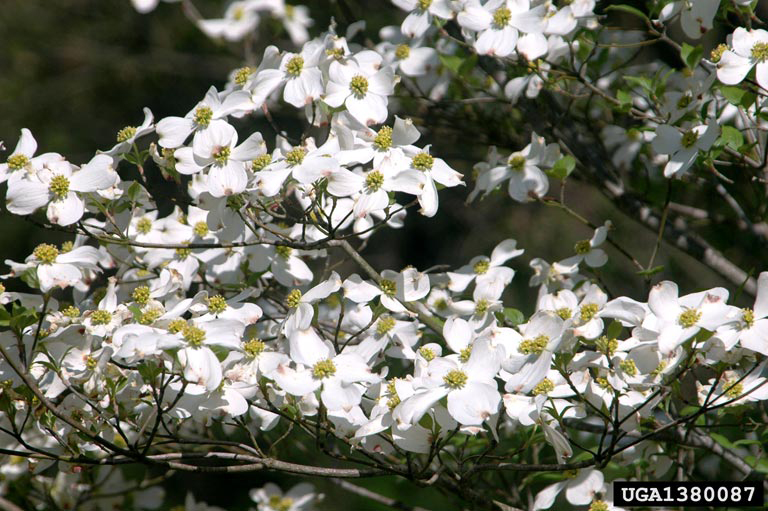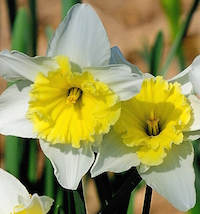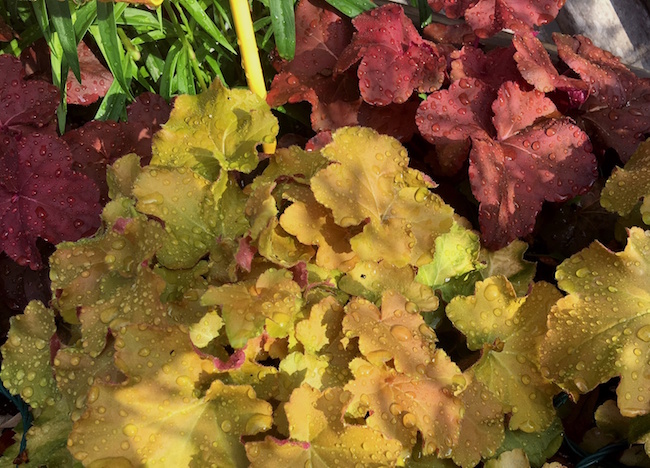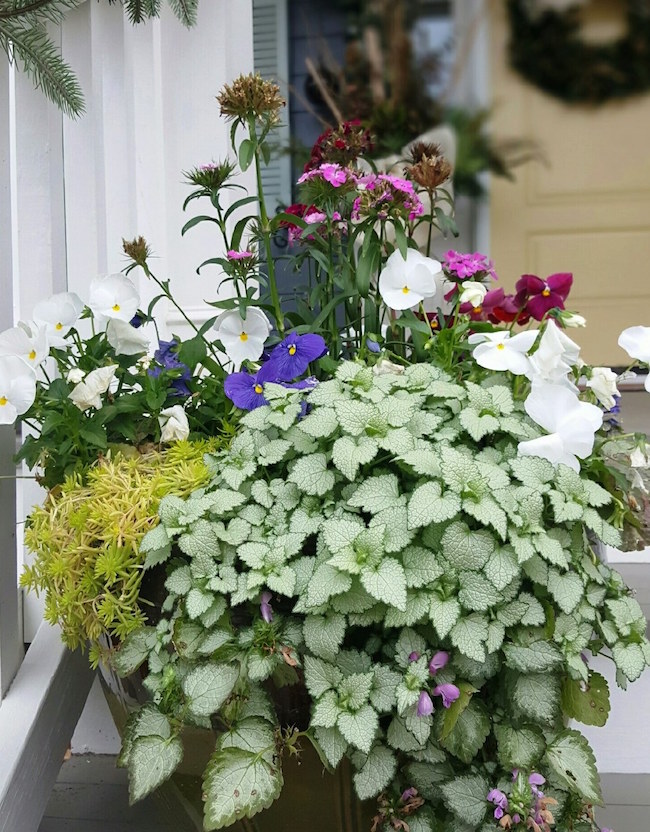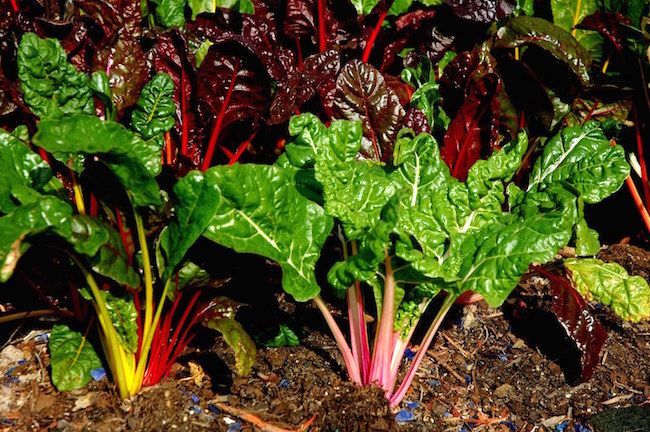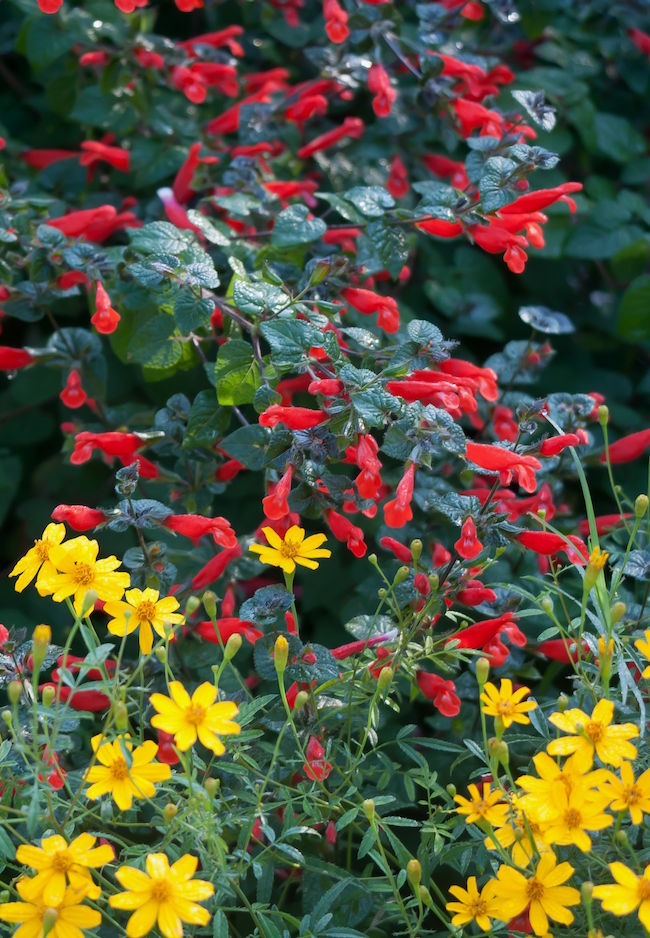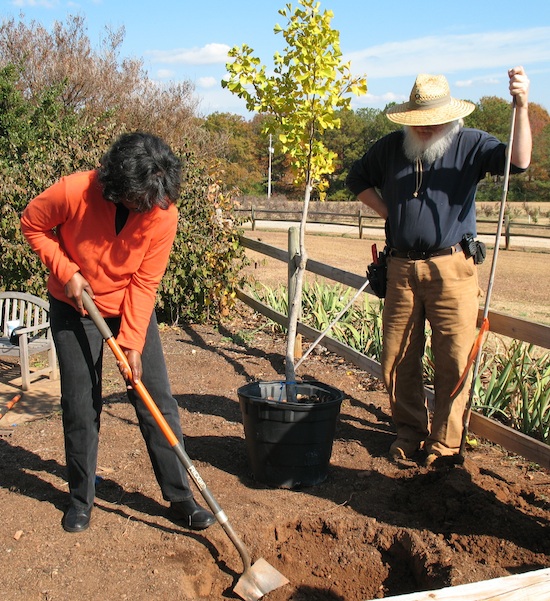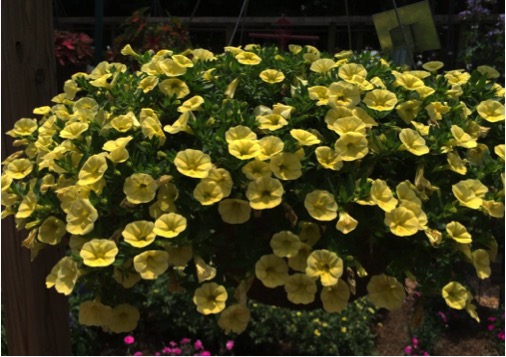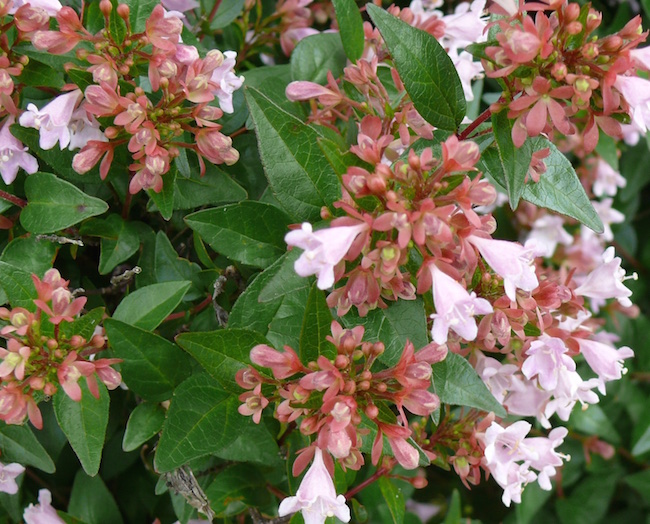Banana Shrubs
There have been weeks of tantalizing fragrance in the past few months that few children or families have experienced. This champion of aroma I am referring to is the banana shrub. The banana shrub is an heirloom from the 1700s. It produces blossoms for months of sweet, fresh bananas with a scent so intense, you’ll wish you could bottle it up so it could compete with the French perfumes, or put it in a shake and drink it. It is one of the more amazing scents in the plant world.

